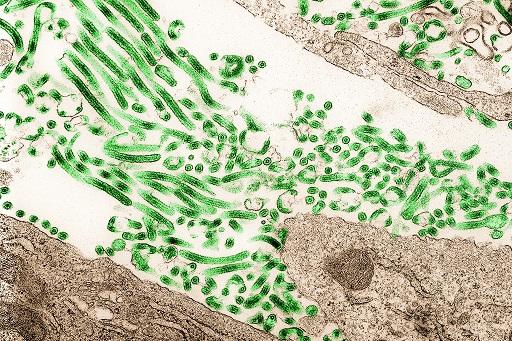
Mar 27, 2018
Scientists have identified potential biomarkers in nonhuman primates exposed to Ebola virus (EBOV) that appeared up to four days before the onset of fever, according to research published today in the journal Science Translational Medicine.
The work, a collaboration between the U.S. Army Medical Research Institute of Infectious Diseases (USAMRIID) and Boston University (BU), could pave the way for developing diagnostic tools to identify EBOV infection in humans even before symptoms appear. Such tools would be invaluable in limiting the spread of disease where there are cases of known potential exposure to the virus, according to USAMRIID investigator Sandra L. Bixler, Ph.D., the paper’s co-first author.
Bixler said previously developed animal models of EBOV infection have an acute disease course lasting only 7-10 days on average. This makes therapeutic intervention challenging, since the timeframe for administering treatment is very short. In addition, such models are based on high viral doses and are uniformly lethal, which does not reflect the variable and comparatively extended time to disease onset seen in humans.










